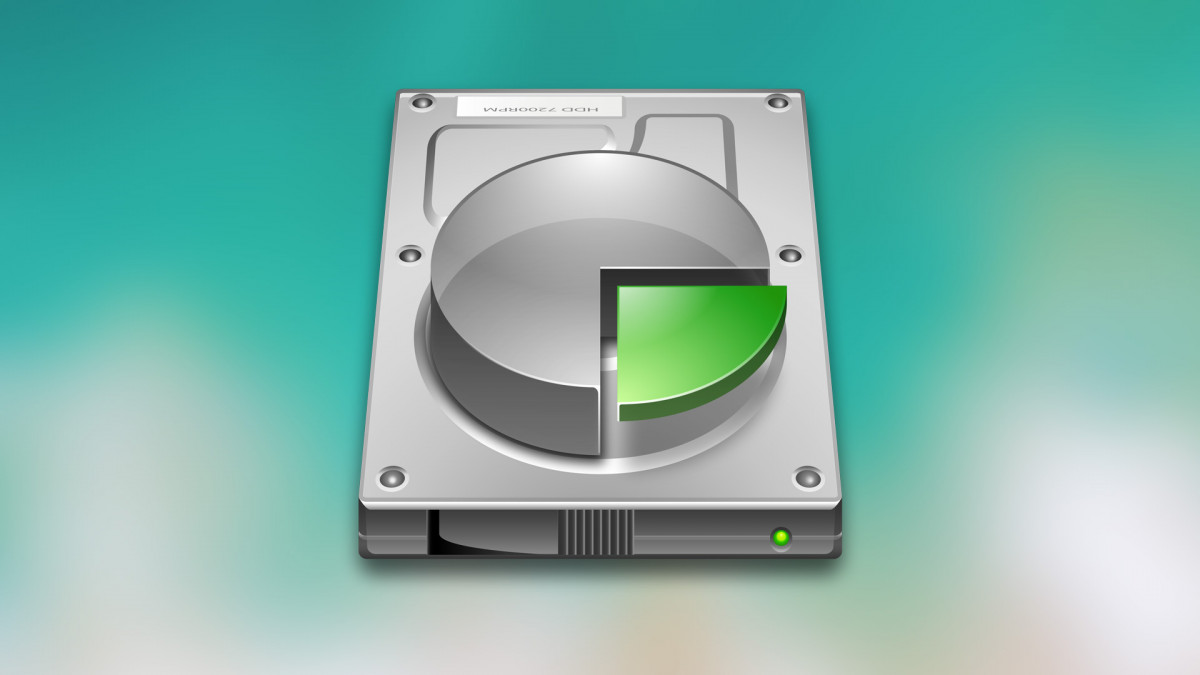-
Ensure the system is in a stable state, stop all services
systemctl stop httpd systemctl stop nfs-server # and so on.... -
Unmount all unused filesystems
umount -aIf you see any on-disk filesystems still mounted, then something is still running that shouldn't be. Check what it is using
fuser:# if necessary: yum install psmisc # then: fuser -vm systemctl stop umount -a # repeat as required... -
Make the temporary root
mkdir /tmp/tmproot mount -t tmpfs none /tmp/tmproot mkdir /tmp/tmproot/{proc,sys,dev,run,usr,var,tmp,oldroot} cp -ax /{bin,etc,mnt,sbin,lib,lib64} /tmp/tmproot/ cp -ax /usr/{bin,sbin,lib,lib64} /tmp/tmproot/usr/ cp -ax /var/{account,empty,lib,local,lock,nis,opt,preserve,run,spool,tmp,yp} /tmp/tmproot/var/This creates a very minimal root system, which breaks (among other things) manpage viewing (no
/usr/share), user-level customizations (no/rootor/home) and so forth. This is intentional, as it constitutes encouragement not to stay in such a jury-rigged root system any longer than necessary.At this point you should also ensure that all the necessary software is installed, as it will also assuredly break the package manager. Glance through all the steps, and make sure you have the necessary executables.
-
Pivot into the root
mount --make-rprivate / # necessary for pivot_root to work pivot_root /tmp/tmproot /tmp/tmproot/oldroot for i in dev proc sys run; do mount --move /oldroot/$i /$i; donesystemd causes mounts to allow subtree sharing by default (as with
mount --make-shared), and this causespivot_rootto fail. Hence, we turn this off globally withmount --make-rprivate /. System and temporary filesystems are moved wholesale into the new root. This is necessary to make it work at all; the sockets for communication with systemd, among other things, live in/run, and so there's no way to make running processes close it. -
Ensure remote access survived the changeover
systemctl restart sshd systemctl status sshdAfter restarting sshd, ensure that you can get in, by opening another terminal and connecting to the machine again via ssh. If you can't, fix the problem before moving on.
Once you've verified you can connect in again, exit the shell you're currently using and reconnect. This allows the remaining forked
sshdto exit and ensures the new one isn't holding/oldroot. -
Close everything still using the old root
fuser -vm /oldrootThis will print a list of processes still holding onto the old root directory. On my system, it looked like this:
USER PID ACCESS COMMAND /oldroot: root kernel mount /oldroot root 1 ...e. systemd root 549 ...e. systemd-journal root 563 ...e. lvmetad root 581 f..e. systemd-udevd root 700 F..e. auditd root 723 ...e. NetworkManager root 727 ...e. irqbalance root 730 F..e. tuned root 736 ...e. smartd root 737 F..e. rsyslogd root 741 ...e. abrtd chrony 742 ...e. chronyd root 743 ...e. abrt-watch-log libstoragemgmt 745 ...e. lsmd root 746 ...e. systemd-logind dbus 747 ...e. dbus-daemon root 753 ..ce. atd root 754 ...e. crond root 770 ...e. agetty polkitd 782 ...e. polkitd root 1682 F.ce. master postfix 1714 ..ce. qmgr postfix 12658 ..ce. pickupYou need to deal with each one of these processes before you can unmount
/oldroot. The brute-force approach is simplykill -9 $PID $PID2 $PID3 ....for each, but this can break things. To do it more softly:If the root drive you want to resize is an LVM drive, you may also need to restart some other running services, even if they do not show up in the list created by
fuser -vm /oldroot. If you find you are unable to resize an LVM drive under Step 7, trysystemctl restart systemd-udevd.Some processes can't be dealt with via simple
systemctl restart. For me these includedauditd(which doesn't like to be killed viasystemctl, and so just wanted akill -15). These can be dealt with individually.The last process you'll find, usually, is
systemditself. For this, runsystemctl daemon-reexec.Once you're done, the table should look like this:
USER PID ACCESS COMMAND /oldroot: root kernel mount /oldroot -
Unmount the old root
umount /oldrootAt this point, you can carry out whatever manipulations you require. If its not succeed and you have a console view (KVM) try killall -9 -u root.
-
Resize the Filesystem
resize2fs /dev/sda2 40G -
Allign the partition table
fdisk /dev/sdaThe last step is deleting the partition, but remember the start sector, and re-create with new size + 1GB for safety, and if the fdisk asks remove any metadata or signature tell NO.
Optionally create here a new partition with all available free space.
Sync by pressing (w) enter then reboot.
Credit and Reference: https://unix.stackexchange.com/questions/226872/how-to-shrink-root-filesystem-without-booting-a-livecd/227318#227318














